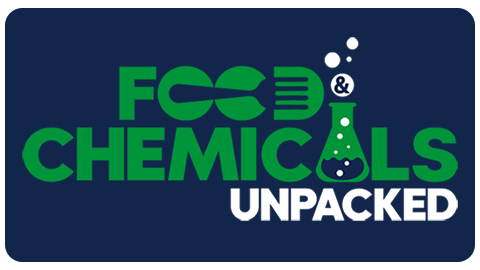A California bill, SB-502, would allow the state’s Department of Toxic Substances Control (DTSC) to rely on publicly available studies when evaluating chemicals of concern under consideration in a consumer product. Currently, California’s Green Chemistry Initiative requires a responsible entity (manufacturer, importer, assembler, or retailer) to conduct an alternatives analysis for the product to identify how environmental and public health impacts of the chemical may be limited.
Maryland Governor Larry Hogan signed HB0275 into law on April 21, 2022. The new law prohibits the use, sale, and manufacture of food packages to which perfluoroalkyl and polyfluoroalkyl substances (PFAS) are intentionally added, beginning on January 1, 2024. “Food package” is defined as packaging (a) designed and intended for direct food contact and (b) substantially composed of paper, paperboard, or other materials originally derived from plant fibers, including packaging components.
A New York federal judge ruled in favor of the U.S. Food and Drug Administration (FDA) concerning the agency’s denial of a citizen petition to revoke the Threshold of Regulation (TOR) exemption allowing the inclusion of perchlorate in plastic food-contact articles.
The California Office of Environmental Health Hazard Assessment (OEHHA) recommended that the State Water Resources Control Board (Water Board) establish a notification level (NL) for perfluorohexane sulfonic acid (PFHxS) at 2 parts per trillion (PPT), or the lowest level at which it can be reliably detected in drinking water using currently available and appropriate technologies.
The first episode of Keller & Heckman’s new podcast, Food & Chemicals Unpacked, provides an overview of U.S. federal and state regulations impacting per- and polyfluoroalkyl substances (PFAS) in food packaging applications. How the regulation of these substances affect a huge number of products in various markets will also be discussed.
PFAS and Furious
Welcome to the first episode of Food & Chemicals Unpacked! Today’s episode focuses on the regulation of PFAS in food packaging applications. This incredibly important issue affects a huge number of products in various markets. We provide an overview of these chemistries and summarize developments in the United States at both the Federal and State level on PFAS regulation. Additionally, our team discusses some of the recent trade press that impacts food, e-cigarettes, and the chemical industry.
The European Food Safety Authority (EFSA) published a Guidance Document on Scientific criteria for grouping chemicals into assessment groups for human risk assessment of combined exposure to multiple chemicals in December 2021.
The governor of Maine, Janet Mills, announced that the state’s Department of Environmental Protection (DEP) will exercise enforcement discretion regarding the law banning phthalates in food packaging. L.D. 1433 (H.P. 1043), which was signed into law on June 13, 2019, amended the state’s toxic chemicals in packaging law to prohibit the intentional use of phthalates in food packaging.
A January 10, 2022, letter from the House Oversight and Reform Committee requested information about the U.S. Food and Drug Administration’s (FDA) regulation of phthalates. The letter, written by Rep. Raja Krishnamoorthi (D-Ill.), chairman of the Oversight and Reform Subcommittee on Economic and Consumer Policy, was addressed to acting FDA Commissioner Janet Woodcock.
